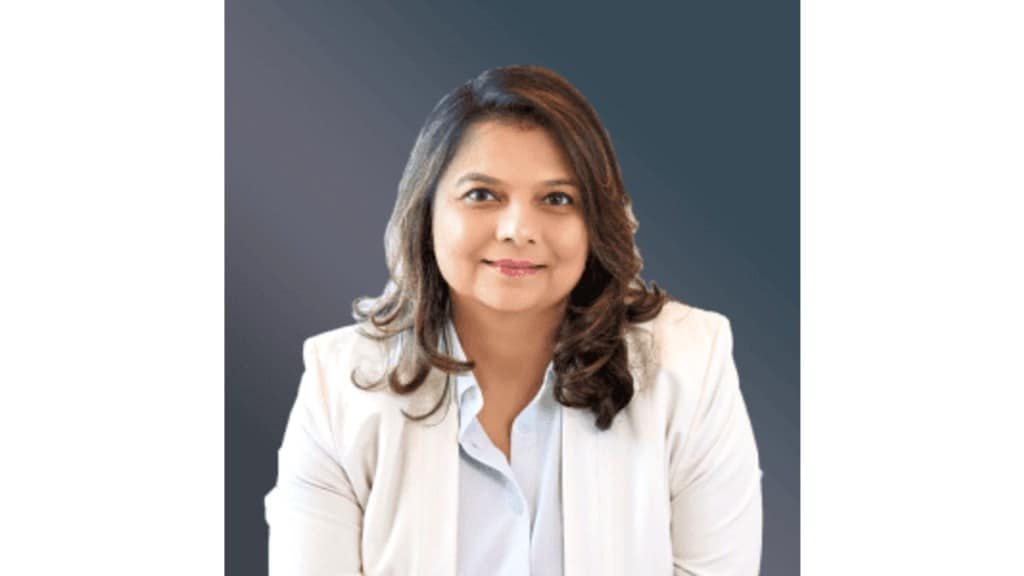PL Capital is developing quant-based and smart beta strategies, Amisha Vora, chairperson and managing director, tells Nesil Staney in an interview. She speaks about her favorite sectors and stocks, sharp rise in wealth-creation potential in the unlisted space, regulatory developments and the firm’s business plans. Excerpts:
What are your new products? Are you planning MF business?
We’re developing quant-based and smart beta strategies, building on the success of our AQUA PMS, which has delivered 23.1% annualised returns since inception, versus the benchmark’s 19.5%. We plan to apply for a mutual fund licence, with a focus on launching products that deliver meaningful value and align with our innovation-led, performance-driven vision.
Which are your favourite 10 stocks and 5 sectors?
We see strong opportunities in sectors aligned with India’s structural growth drivers — consumption, defence, banking & financial services, infrastructure and power — backed by policy support, rising demand, and long investment cycles. High-conviction ideas within this framework include Britannia, ITC, Titan Industries, InterGlobe Aviation, Adani Ports, Max Healthcare, Siemens Energy, Larsen & Toubro, ICICI Bank, HDFC Bank, Mahindra & Mahindra, Hindustan Aeronautics, and Bharat Electronics.
Which regulatory move was most significant for the broking industry?
The reduction in weekly expiries has curtailed trading opportunities, leading to lower volumes. An increase in lot sizes for index derivatives has made these instruments costlier for retail participants. The peak margin framework had already limited intraday leverage by mandating minimum margins for every position, reducing the exposure traders could take relative to their deposits.
How is Sebi going to boost equity cash markets, other than reducing derivatives tenures?
Sebi can boost the equity cash market by reducing margins on cash trades and adding more stocks to the margin trade funding list, which has already grown to a record ₹96,000 crore in August 2025. Lowering STT on delivery trades and introducing T+0 settlement for select stocks can also help.
What are some new regulatory improvements needed?
India’s market technology and regulation are world class, but some gaps remain. Clearing systems lack full live integration, causing broker margins to be blocked across segments and requiring duplicate data submissions to clearing houses — creating capital inefficiency and participant stress. An industry-wide API-driven KYC system could further streamline onboarding, cut redundancy, and benefit all stakeholders.
What is your view on high volumes in unlisted space?
As India’s listed markets continue to mature, investors are increasingly turning to the unlisted space in search of alpha. The typical journey of wealth creation begins with unlisted or pre-IPO opportunities, often available at a 30% discount to IPO prices, followed by a further 10–20% valuation uplift post listing and liquidity. This dynamic has led to significant investor interest in the unlisted space as a credible avenue for superior returns.
What are the trends among younger investors and traders?
Younger investors are more informed and tech-savvy, relying heavily on social media for insights. They invest regularly via SIPs and expect mobile-first platforms, easy onboarding, low costs, and real-time portfolio access. Many are learning trading skills, including algo trading, supported by brokers’ DIY tools and open-source resources. While most still use a hybrid approach, Sebi’s regulatory clarity is set to accelerate algo trading adoption.
How should investors ideally allocate across classes?
Emergency funds are not meant to chase returns — they are meant to buy you peace of mind. At least 6–12 months of essential expenses should be parked in liquid, low-risk avenues like liquid mutual funds, short-term debt, or fixed deposits. Once that cushion is in place, you can take calculated risks with the rest of your capital — equities for long-term wealth creation, fixed income for regular inflows, and alternatives for diversification. But your emergency fund should never be part of that risk equation.

